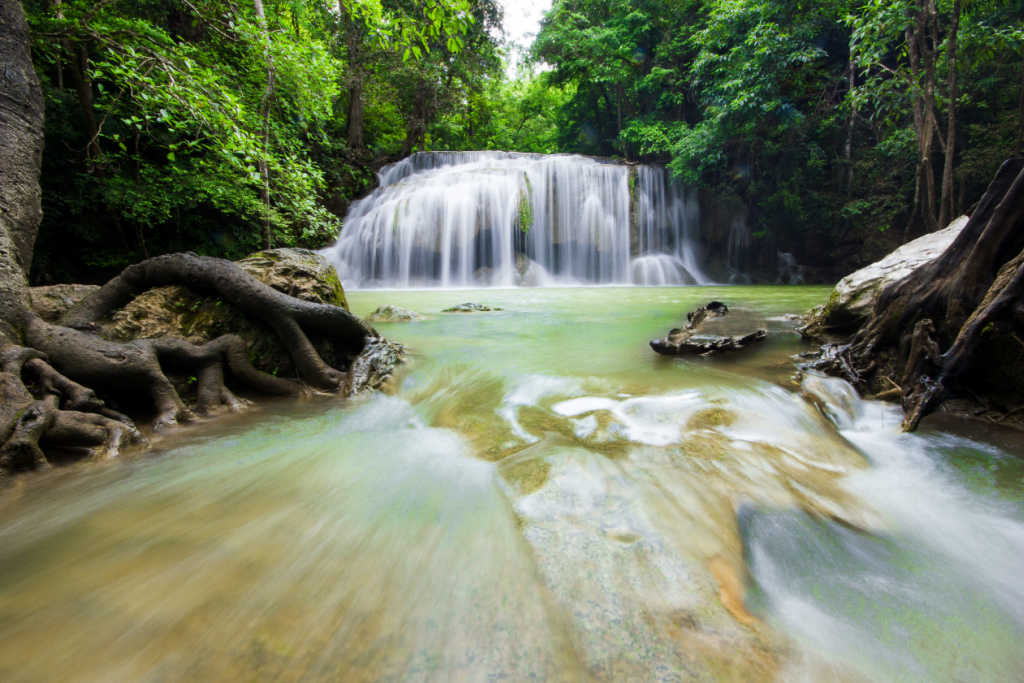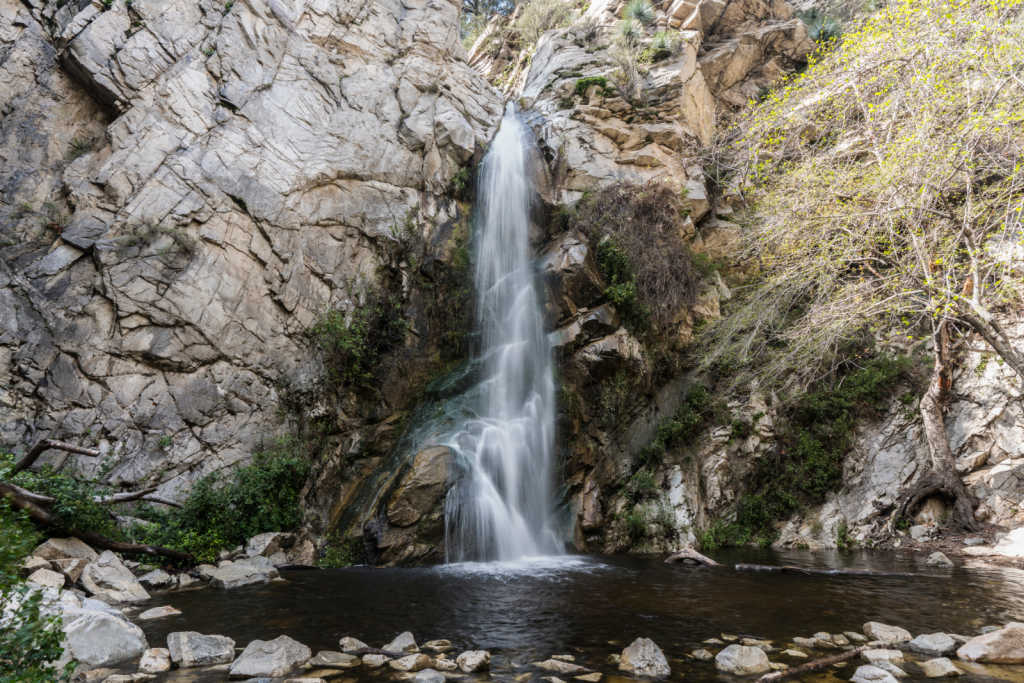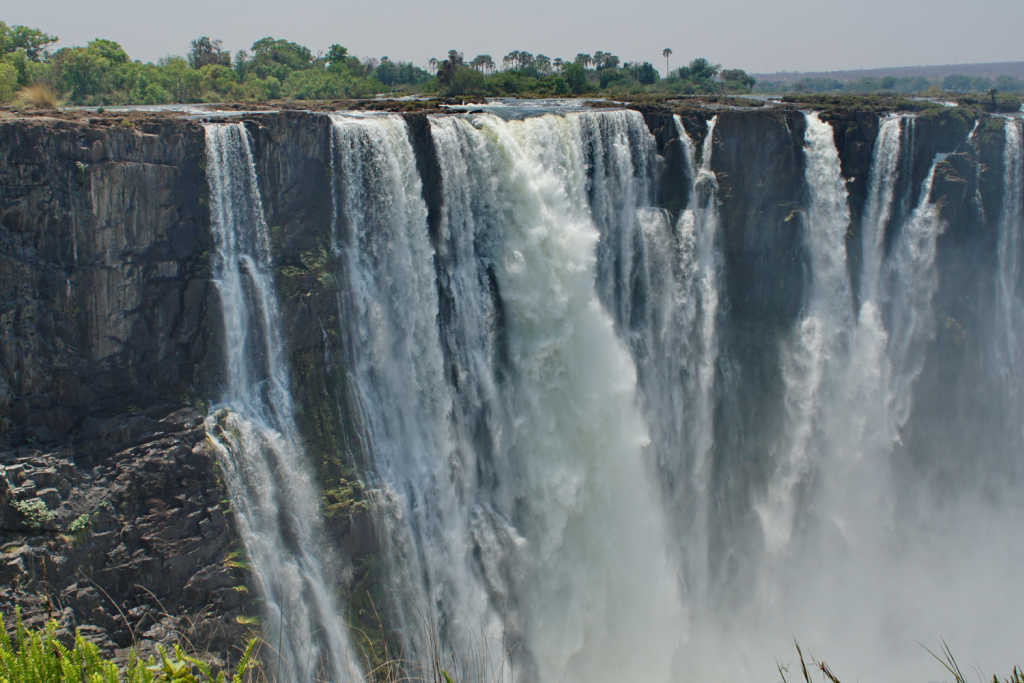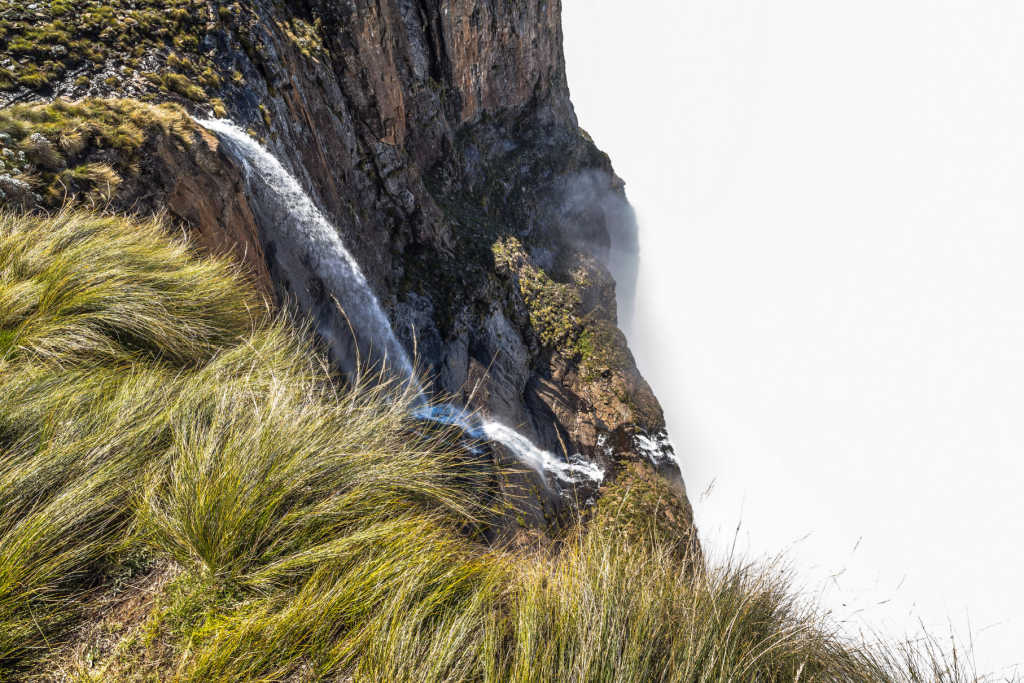If you’re a waterfall enthusiast, you’ve probably heard of Angel Falls, Iguazu Falls, Victoria Falls, and Tugela Falls. But what are these massive wonders and how do you compare them to each other? Read on to learn about these amazing falls. Then, choose which one to visit on your next trip. It’s sure to be an unforgettable experience! But, before you decide which waterfall is the tallest, be sure to read about each one.

Angel Falls
Until the mid-1950s, many people were unaware of Angel Falls. Its name derived from the American gold prospector James Angel, who flew over the waterfall while searching for precious ore. In 1937, Angel and his family returned to the waterfall. Angel’s airplane, the Jimmie Angel, successfully landed on the heart-shaped summit of Auyan-tepui. After the falls had been measured, the Angels and their group trekked across rough terrain for 11 days.

However, traveling to Angel Falls is not without its dangers. Travel to Venezuela is risky, and a visit to this waterfall is not for the faint of heart. The country has a violent crime rate, and the dense forest surrounding the waterfall is home to numerous pathogens, which can cause serious diseases. Moreover, venomous snakes and toxic plants thrive in the area, and even the slightest brush with these animals can lead to a serious mishap.
Iguazu Falls
Located in Argentina, the Iguazu Falls are among the most popular tourist attractions in Brazil. The entire complex is about 2.7 km wide, making it one of the largest waterfalls in the world. The Devil’s Throat waterfall is 700 meters long and falls from an impressive height of 80 meters. The falling water from this waterfall forms a beautiful rainbow and a thick cloud of spray. Visitors can hear the roar of water a few kilometers deep in the jungle.

The Argentinean side of Iguazu Falls has beautiful flora and fauna, including the Copaiba tree, which produces a resin that is used in adhesives. The Surinamese Ipe tree grows bright purple and is often visible between rocks and water. While you’re there, take some time to appreciate the area’s biodiversity. It’s not uncommon to see a variety of colorful butterflies and reptiles.
Victoria Falls
The Falls are located on a plateau made of basalt rock that spanned the Zambezi River. It was formed during the Jurassic Era about 200 million years ago. During the dry season, the water flow slows down considerably. As a result, National Geographic has declared the Falls endangered. Visitors can expect significant seasonal fluctuations throughout the year, especially in the months of September and December.

Located on the border of Zambia and Zimbabwe, Victoria Falls is a beautiful and majestic place to visit. It offers visitors an incredible view of the Zambezi River, which is a part of the border between the countries. The waterfall is a popular destination all year round, making it a year-round attraction for tourists. Although it isn’t the highest or fastest waterfall in the world, it is one of the largest in terms of volume.
Tugela Falls
The Tugela Falls are a series of seasonal waterfalls that feature an uninterrupted lead of 1350 feet and a drop of 3110 feet. This makes it one of the largest waterfalls in the world and is the second-highest after Angel Falls. To reach the waterfall, hikers must traverse a beautiful mountain trail that ends at the summit of Mount-Aux-Sources.

The imposing Tugela Falls are located in South Africa and are the second-highest waterfall in the world, with a total drop of 948 meters. They are found in the Drakensberg Mountains and are at their highest during the rainy season. While the Tugela Falls are considered one of the world’s five largest waterfalls, they can be a bit intimidating, especially for people with no previous experience. Fully trained guides will help you with any necessary skills.
Boyoma Falls
Formerly named Stanley Falls, the Boyoma Falls is one of Africa’s largest waterfalls, stretching over 60 miles in length and a total drop of 61 m (20 ft). This majestic natural wonder is formed by the Congo River and spans 62 miles across the Democratic Republic of the Congo. At the base of the falls, the Lualaba River, a tributary of the Congo, flows into the Congo River.

Another natural beauty that can be viewed from the top is the Boyoma Falls in Alberta. At 4,500 feet wide, this waterfall is the world’s largest by volume. The Peace River in Alberta is the world’s sixth-largest waterfall in terms of width. The Peace River waterfall spans 6,000 feet across the river but only drops fifteen to twenty feet.
